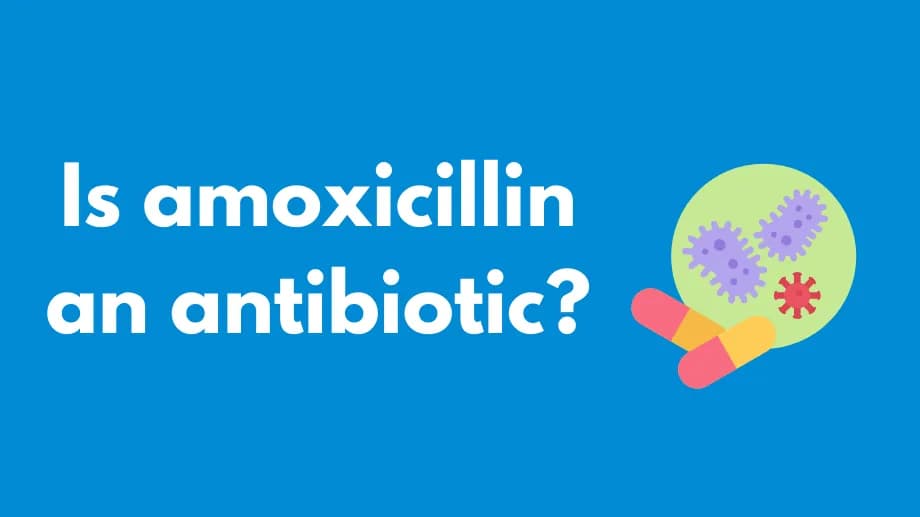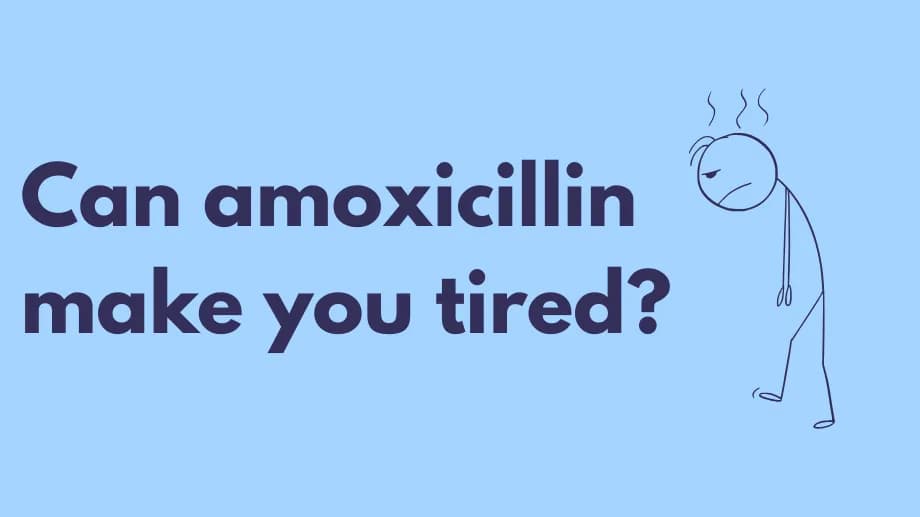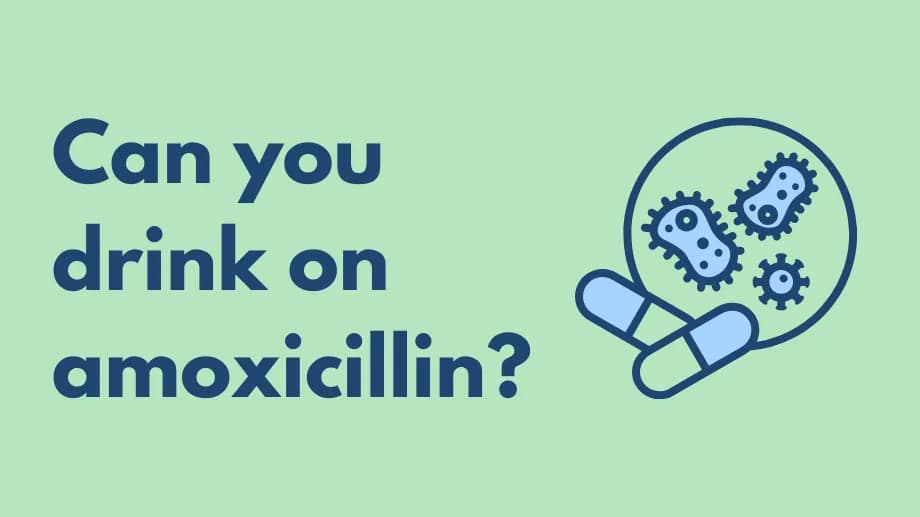Bacterial Infections: Causes and Treatments
Bacterial infections are illnesses caused by harmful bacteria entering your body and multiplying. Bacteria are single-celled microorganisms that are found everywhere, including soil, water, and your body. While many bacteria are harmless or even beneficial, some can cause infections. You can get a bacterial infection through various ways such as cuts, eating or drinking contaminated food or water, or contact with a sick person.
Bacterial infections are typically treated with antibiotics. Which one you are prescribed will depend on the type of bacteria causing your infection. It is important that you take the full course of treatment to help get rid of your infection and prevent antibiotic resistance.
What are some types of bacterial infections?
- Salmonella and Campylobacter infections, common types of food poisoning
- Skin infections such as cellulitis and impetigo
- Sinus infections, ear infections, and certain types of bacterial pneumonia
- Lyme disease, carried by ticks
- Bacterial vaginosis, an overgrowth of bacteria in the vagina
- Gonorrhea, chlamydia, and other sexually transmitted infections affecting genitals, rectum, and sometimes mouth
- Strep throat, infection from streptococcus bacteria causing sore throat
- C. diff, an infection in the intestines
- E. coli, a common cause of urinary tract infections (UTIs)
- H. pylori bacteria, causing stomach ulcers or inflammation
- Meningococcal meningitis, infection of the lining of the brain and spinal cord requiring immediate treatment
What causes bacterial infections?
Bacterial infections occur when harmful bacteria enter the body and multiply, leading to illness and inflammation. Common routes of infection include:
Direct Contact
- Person-to-person: transmitted through skin contact, bodily fluids, or respiratory droplets (e.g., staphylococcal infections, tuberculosis)
- Animal-to-person: transmitted through bites, scratches, or contact with animal waste (e.g., Salmonella, certain E. coli)
Contaminated Food and Water
- Foodborne bacteria: eating contaminated food (e.g., Salmonella, E. coli, Listeria) often from undercooked meat, raw produce, or unpasteurized dairy
- Waterborne bacteria: drinking or contacting contaminated water
Environmental Exposure
- Soil and water: bacteria like Clostridium tetani can enter through wounds in soil
- Surfaces and objects: contact with contaminated items, then touching mucous membranes or broken skin
Weakened Immune System
Conditions such as HIV/AIDS, cancer treatment, diabetes, or immunosuppressive medications increase susceptibility.
Normal Flora Imbalance
Disruption of beneficial bacteria (e.g., after antibiotic use or poor hygiene) allows harmful bacteria to overgrow.
What are the most common symptoms of bacterial infections?
Symptoms vary by infection type and location, but common signs include:
- Fever and chills
- Fatigue and weakness
- Pain, redness, swelling, and warmth at infection site
- Pus or discharge
- Cough, sore throat, and breathing difficulty for respiratory infections
- Nausea, vomiting, diarrhea, and stomach cramps for gastrointestinal infections
- Painful urination, urgency, and cloudy urine for UTIs
- Rashes, blisters, or sores for skin infections
- Headaches, body aches, and swollen lymph nodes
- Chest pain and difficulty breathing in severe infections like pneumonia
If you experience symptoms of a bacterial infection, seek immediate medical attention for prompt diagnosis and treatment.
How are bacterial infections diagnosed?
Diagnosis involves medical history, physical examination, and tests:
Medical History and Physical Exam
- Review of symptoms, exposures, and travel history
- Physical signs such as fever, heart rate, and local inflammation
Laboratory Tests
- Blood tests: complete blood count (CBC) and blood cultures
- Urinalysis and urine cultures
- Sputum culture for respiratory infections
- Stool sample for gastrointestinal pathogens
- Swabs (throat, wound) to identify bacteria
Imaging Tests
- X-rays for lung infections
- Ultrasound, CT, or MRI to locate abscesses and deeper infections
How are bacterial infections treated?
Treatment depends on the infection type and severity:
Antibiotics
- Selected based on culture and sensitivity results
- Routes: oral, topical, or intravenous
- Complete the full course to prevent resistance, typically 7–14 days
Supportive Care
- Rest and hydration
- Pain relievers like acetaminophen or ibuprofen
Drainage and Wound Care
Drain abscesses when necessary and maintain proper wound hygiene.
Hospitalization
Severe infections (sepsis, MRSA, meningitis) require IV antibiotics and supportive care.
Follow-Up and Prevention
Regular check-ups to ensure resolution and vaccination when available (e.g., pneumococcal, meningococcal).
How can you prevent bacterial infections?
Prevention strategies include:
- Handwashing with soap and water for at least 20 seconds
- Using alcohol-based hand sanitizer when soap is unavailable
- Proper wound care and covering cuts
- Food safety: washing produce, cooking meats thoroughly, avoiding cross-contamination
- Cleaning and disinfecting surfaces regularly
- Up-to-date vaccinations (pneumococcal, meningococcal, Hib)
- Safe water practices: drinking treated water and avoiding swallowing recreational water
- Responsible antibiotic use: only when prescribed and complete the course
- Safe sex practices to prevent STIs
- Healthy lifestyle: balanced diet, regular exercise, adequate sleep, pest control, and tick precautions
Sources
- Bacterial Infections. National Institute of Allergy and Infectious Diseases. Accessed May 22, 2024.
- Antibiotic Use Questions and Answers. Centers for Disease Control and Prevention (CDC). Accessed May 22, 2024.
- Hygiene and Respiratory Viruses Prevention. Centers for Disease Control and Prevention (CDC). Accessed May 22, 2024.
- Gerba CP. Environmentally Transmitted Pathogens. Environmental Microbiology. 2009:445–84. Accessed May 22, 2024.
- Doron S, Gorbach SL. Bacterial Infections: Overview. International Encyclopedia of Public Health. 2008:273–82. doi: 10.1016/B978-012373960-5.00596-7. Epub 2008 Aug 26. PMCID: PMC7149789. Accessed May 22, 2024.


